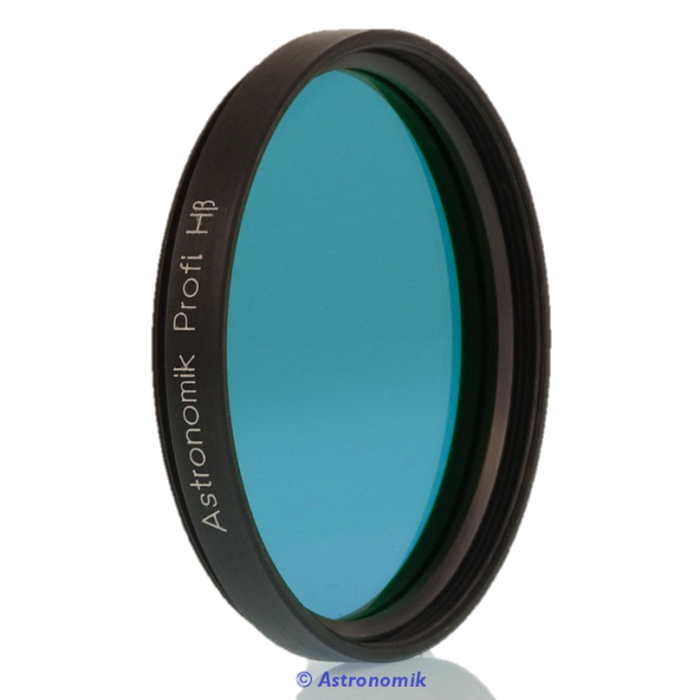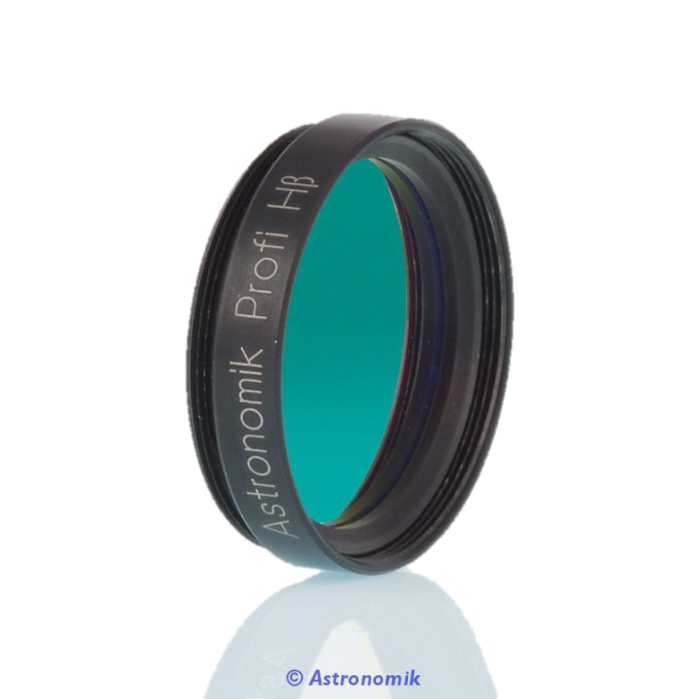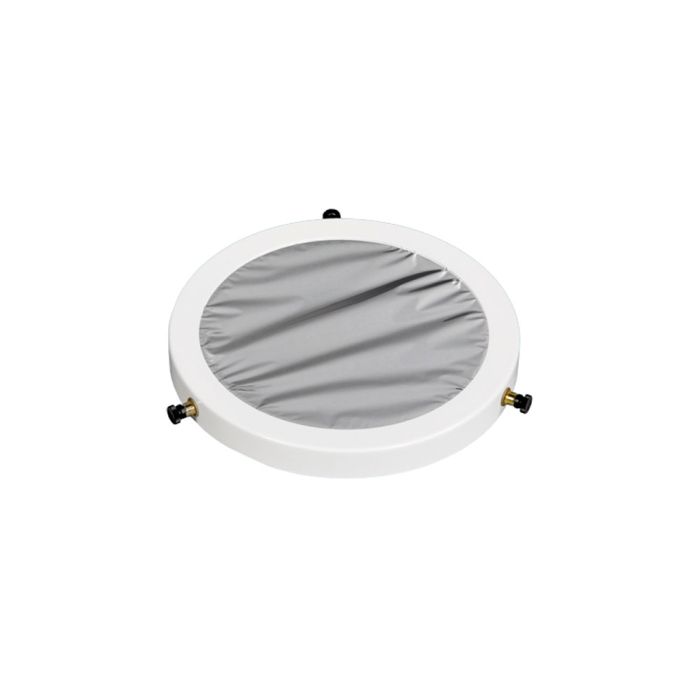
Astronomik H-Beta Filters are optimized for viewing faint nebulae by isolating the H-beta wavelength (486 nm). These filters significantly enhance contrast, making observing elusive deep-sky objects like the Horsehead Nebula easier. Available in various sizes, they are essential for astronomers focusing on detailed nebula observations.
Highlighted Products
Featured Product 1
The Astronomik H-Beta 12 nm Visual Filter - 2" is designed to enhance views of faint nebulae, such as the Horsehead and California Nebulae, by isolating the H-Beta emission line. Its high-quality construction delivers sharp, high-contrast images, making it ideal for deep-sky visual observation under dark skies.
Featured Product 2
The Astronomik H-Beta 12 nm Visual 1.25" Filter enhances the contrast of faint nebulae by isolating the H-Beta emission line at 486 nm. Designed for deep-sky observation, it provides improved visibility of nebulae like the Horsehead and California Nebulae, offering clear, high-contrast views for amateur and professional astronomers alike.
Featured Product 3
The AstroZap Visual Baader Solar Filter for 205 mm - 215 mm OD telescopes ensures safe solar observations by blocking harmful UV and IR rays. Featuring Baader film, it provides high-quality, sharp images of the Sun, ideal for viewing solar details like sunspots. It is a must-have for solar observation enthusiasts.
More About This Category
In astronomy, the Astronomik H beta filter is a crucial instrument that provides both amateurs and experts an unparalleled view of the universe. This filter improves views of particular celestial phenomena with its unique features and cutting-edge optical technology, making it an invaluable tool for anybody looking to learn more about the night sky. In this page, we will thoroughly clarify the function of the Astronomik H beta filter, explore its significance in astronomy, talk about prominent applications, and offer advice on how to utilize it.
What is the purpose of H-Beta filters, and why are they important? It is one of the many questions that remain unfamiliar to everyone. The general public knows that it has something to do with light emissions.
Astronomik H beta filter is engineered to isolate the H-beta emission line, a specific wavelength of light emitted by ionized hydrogen atoms. This wavelength falls within the deep-red part of the spectrum at approximately 486.1 nanometers. The primary astronomical objects emitting H-beta radiation include emission nebulae, planetary nebulae, and certain reflection nebulae. By selectively allowing this narrow spectral band to pass through while blocking other wavelengths of light, the H Beta Filter enhances the visibility and contrast of these hydrogen-rich celestial objects.

The Astronomik H beta filter has many uses besides visual observation. With the filter's ability to transmit wavelengths selectively, astronomers may capture amazing details in their photos that would otherwise be missed, significantly improving image quality. In areas with significant light pollution, where conventional broadband filters can find it challenging to pick up on the finer details of H-beta-producing nebulae, the filter has shown to be helpful. For picture aficionados, the H Beta Filter is an invaluable tool that helps them capture striking images that highlight the wonders of the universe.
At Highpoint, we sell H-beta filers that fit most telescopes—introducing the Astronomik H-Beta 12 nm Visual 1.25" Filter and Astronomik H-Beta 12 nm Visual Filter - 2". They do not only differ in size, but each has respective functions, too.
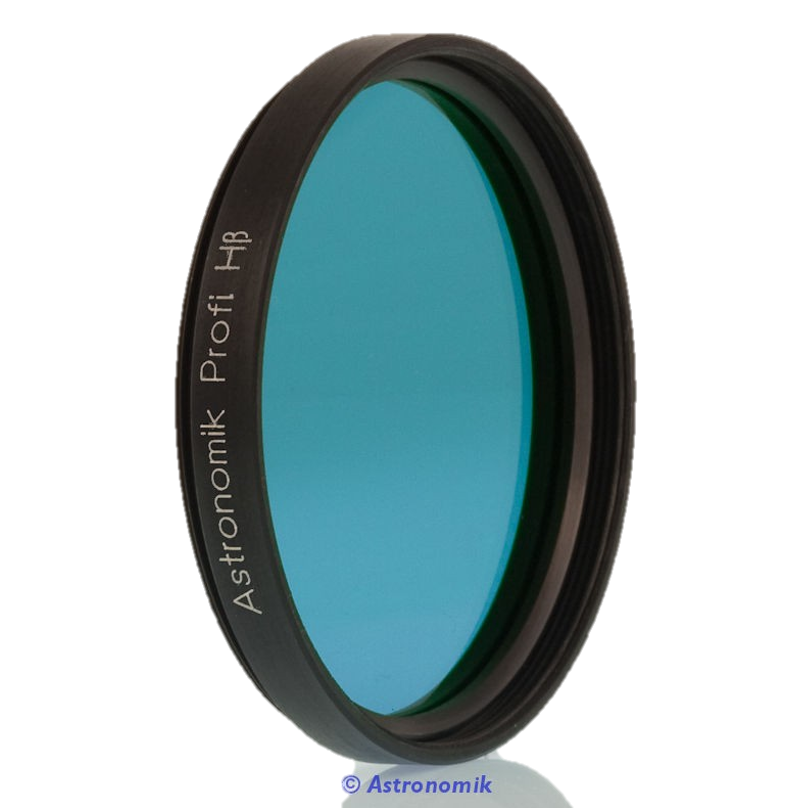
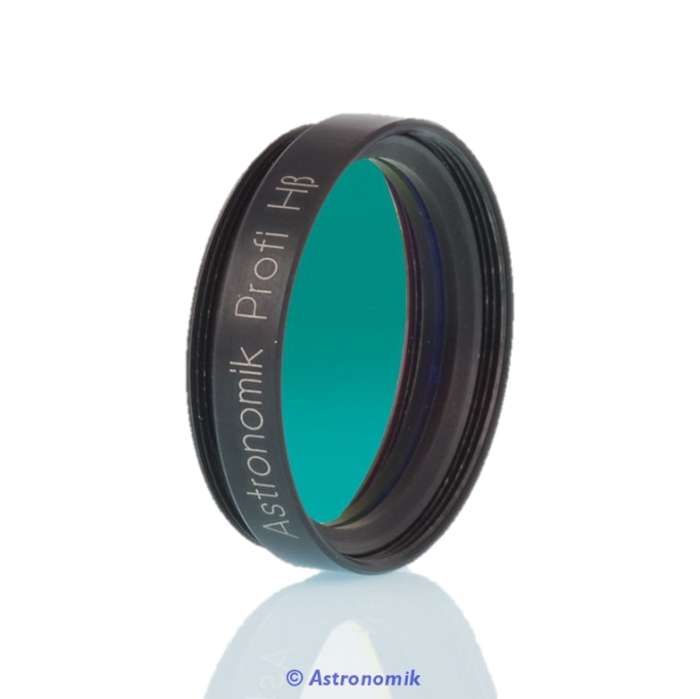
Astronomik H-Beta 12 nm Visual 1.25" Filter is intended for visual observation, particularly with more extensive aperture equipment. It blocks the remainder of the spectrum to the point where the eye becomes darkly acclimated but permits unfettered passage of H-Beta's emission light. It is now feasible to observe the Horse Head Nebula with 10"–12" aperture telescopes, something that was previously unheard of because of the remarkable contrast improvement provided by Astronomik's H-Beta Filter.
On the other hand, Astronomik H-Beta 12 nm Visual Filter - 2"is an excellent narrowband emission line filter for visual observation and CCD imaging applications. It allows transmission of H-Beta emission line nebulae while blocking almost all other wavelengths where the CCD is sensitive. The filter's 12 nm FWHM (full width at half maximum) allows fast optics with standard CCD cameras. The Astronomik H-Beta 12 nm Visual Filter has a transmission of up to 98%. Another advantage of 12 nm filters is the enhanced availability of guide stars for cameras with an auto guide.
To get the most out of the Astronomik H beta filter, you must know how to utilize it properly. More extended exposure periods are recommended when using the H Beta Filter to observe or image a target to obtain enough light, particularly in locations with low levels of natural light. Furthermore, the filter's effects can be amplified with a fast enough focal ratio telescope to allow for increased light-gathering capacity. Users can determine the best settings for their observations by experimenting with different exposure durations and telescope combinations.
Astronomers should also consider the target's location in the sky and the current atmospheric conditions when utilizing the H Beta Filter. The optimal conditions for observation are clear, dark skies far from metropolitan light pollution, as excessive light pollution might reduce the filter's efficiency. The filter's efficacy is further improved by scheduling observations during low humidity and steady air conditions.

